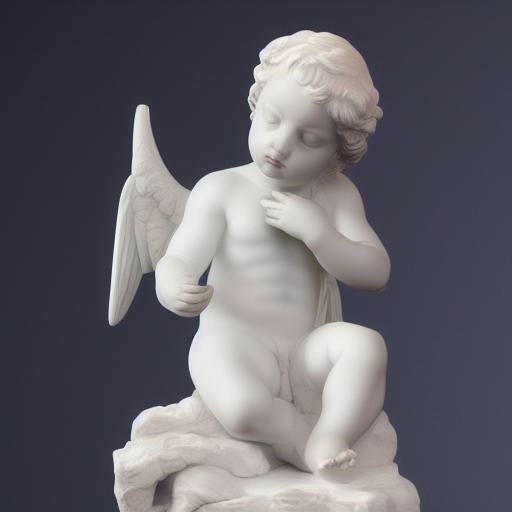Marble statue art
Marble statue art is a form of sculpture created using marble as the primary material. Marble has been a favored material for sculptors throughout history due to its natural beauty, durability, and the ease with which it can be carved.
Marble statue art has a long and rich history dating back to ancient Greece and Rome, where it was used to create iconic works such as the Venus de Milo and the statue of David. During the Renaissance, artists like Michelangelo and Bernini continued to create stunning works of marble sculpture, often commissioned by wealthy patrons and religious institutions.
Process of creating a marble sculpture
Marble statue art is still appreciated and practiced today, with contemporary artists creating works that range from traditional to abstract and everything in between. The process of creating a marble sculpture involves selecting the right block of marble, carefully planning and sketching the design, and then using various tools and techniques to shape and refine the stone into the desired form.
The end result is a work of art that can be admired for its beauty, craftsmanship, and the skill and vision of the artist who created it.
What is AI-generated art?
The utilization of AI-generated art involves the creation of artwork via artificial intelligence algorithms, which enables swift and effective image production. This approach offers numerous advantages compared to traditional methods of art-making, such as the capacity to experiment with diverse styles and techniques and the adaptability to produce designs that satisfy specific requirements. AI-generated art further advocates for diversity and inclusivity within the art realm by offering a platform for artists from diverse backgrounds to express their distinctive experiences and viewpoints.
Incorporating AI-generated art into projects is effortless for designers, as they can take advantage of online tools like Visual Paradigm Online. Additionally, artists have the opportunity to generate their own AI-generated art and explore the practically infinite creative possibilities provided by this technology on websites like Stable Diffusion, Midjourney, or Dalle 2.
How to create this prompt?
The first part of the prompt is “a white statue of the baby angel,” which sets the subject of the image as a statue of an angel. This gives the AI algorithm a clear idea of what the main focus of the image should be.
The second part of the prompt is “a marble sculpture inspired by François Joseph Heim,” which adds a specific artistic inspiration to the image. François Joseph Heim was a French painter who specialized in historical scenes and portraits, so this part of the prompt might influence the AI to create an image that has a similar style or theme.
The third part of the prompt is “zbrush central,” which refers to a popular software used for 3D modeling and sculpting. This part of the prompt suggests that the image should have a sculptural quality to it, with specific attention paid to details and texture.
The final part of the prompt is “carved marble statue,” which refers back to the second part of the prompt and emphasizes that the image should be a sculpture made of marble. This adds a sense of materiality to the image and influences the AI to create an image that has the appearance of carved marble.
In conclusion, each individual part of the prompt plays a crucial role in influencing the image generated by the AI algorithm. By carefully selecting specific details and descriptive language, the prompt can guide the algorithm to create an image that closely matches the intended vision. With websites like Stable Diffusion, Midjourney, and Dalle 2, anyone can create their own AI-generated art by writing a well-crafted prompt.


